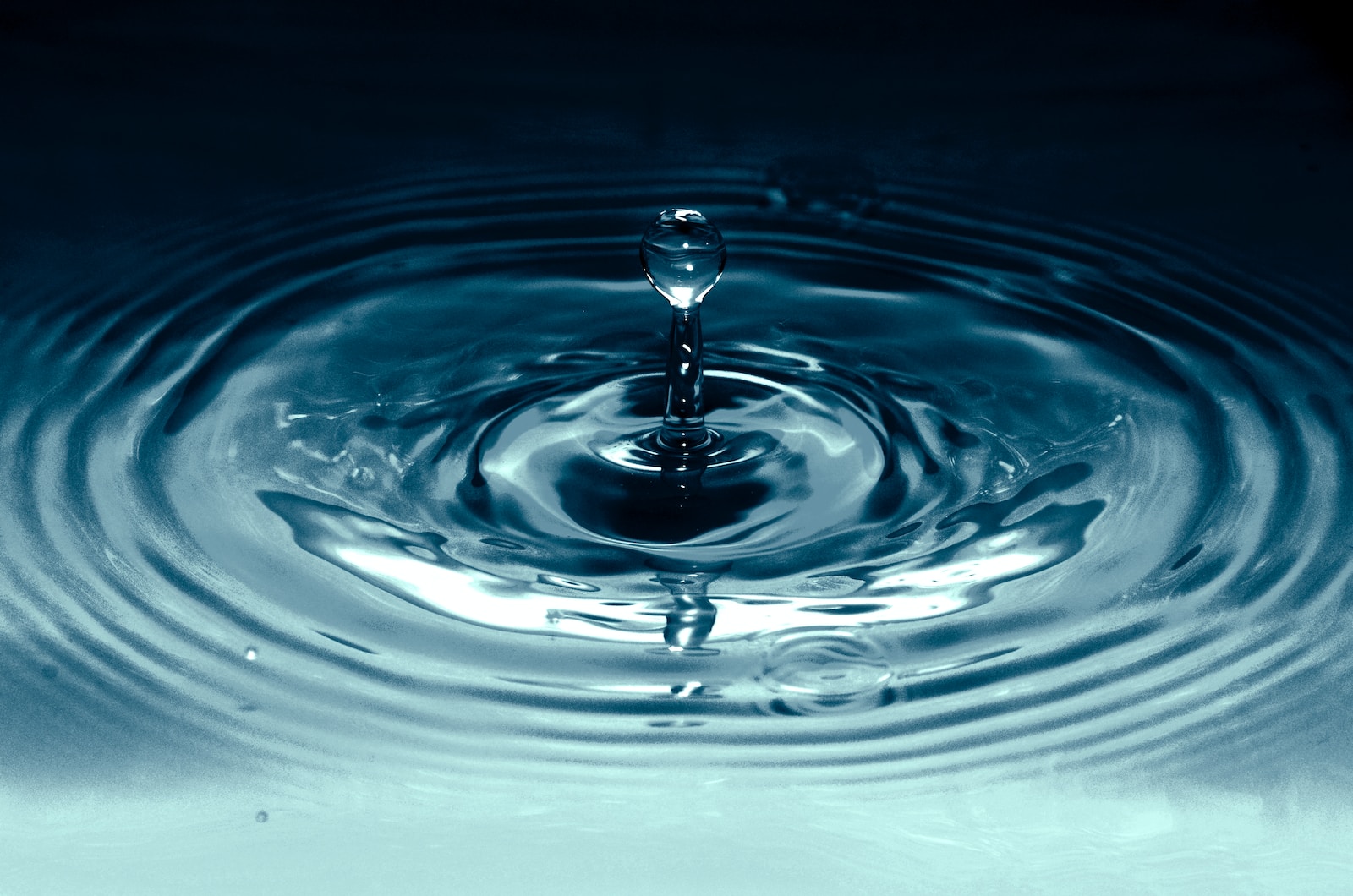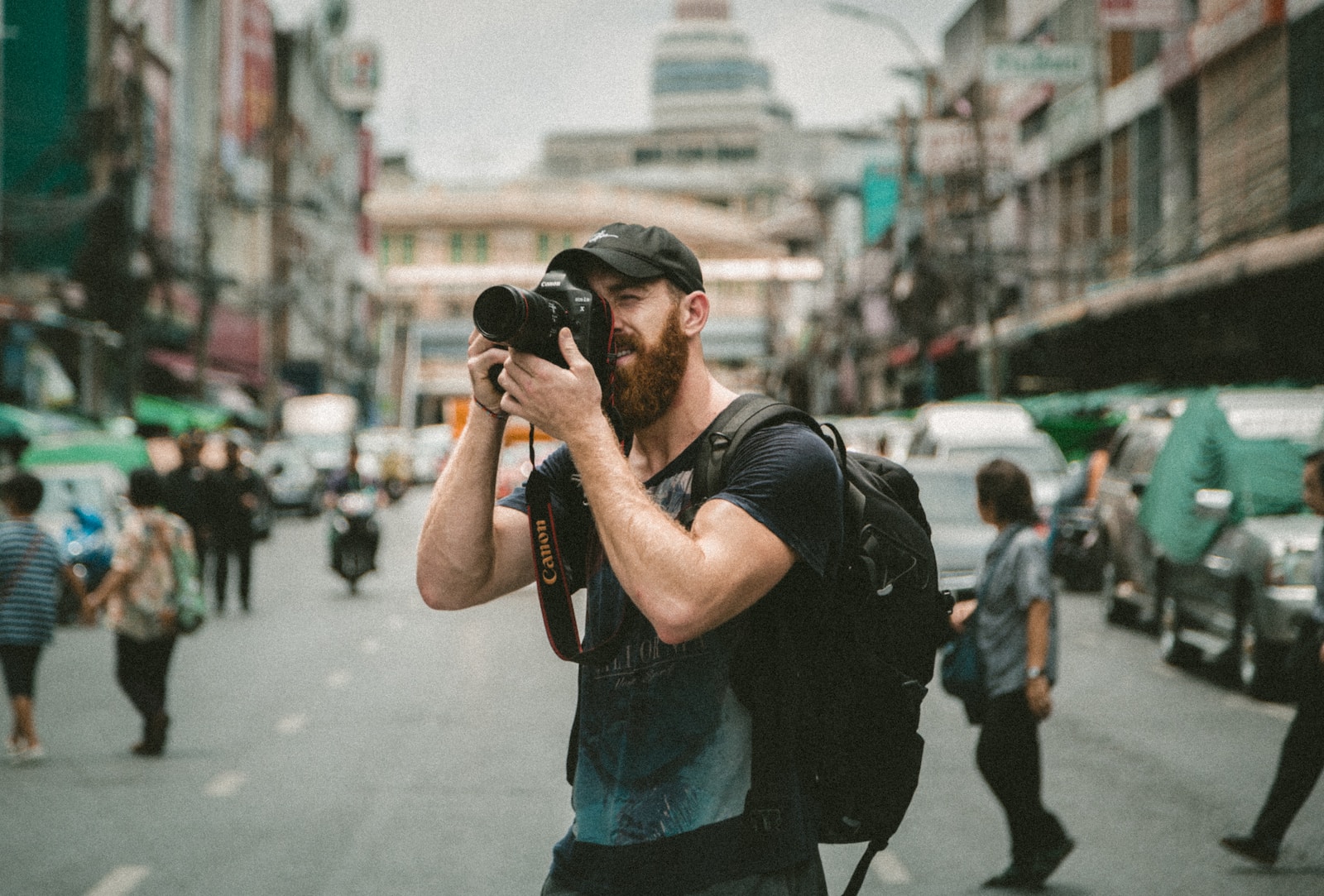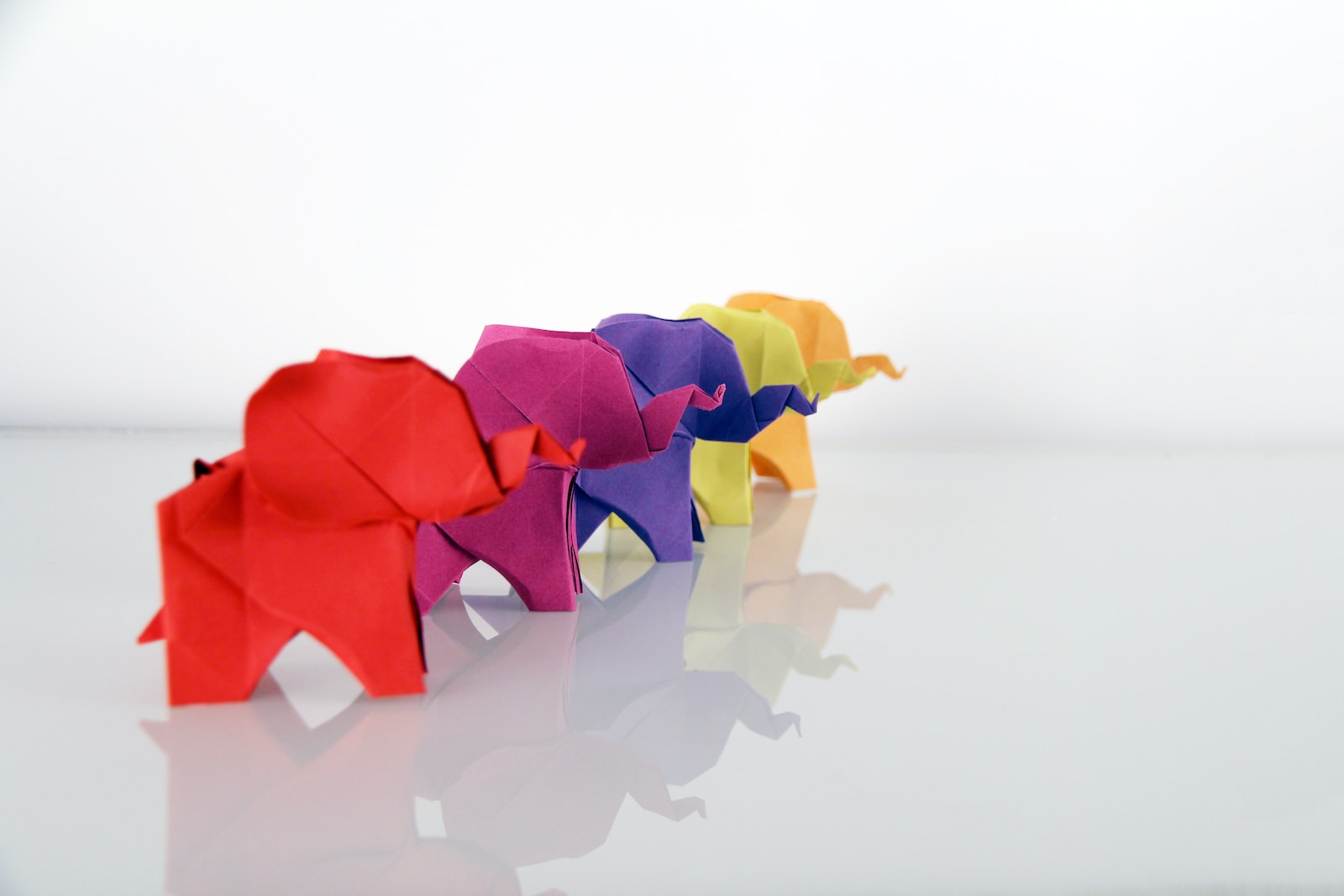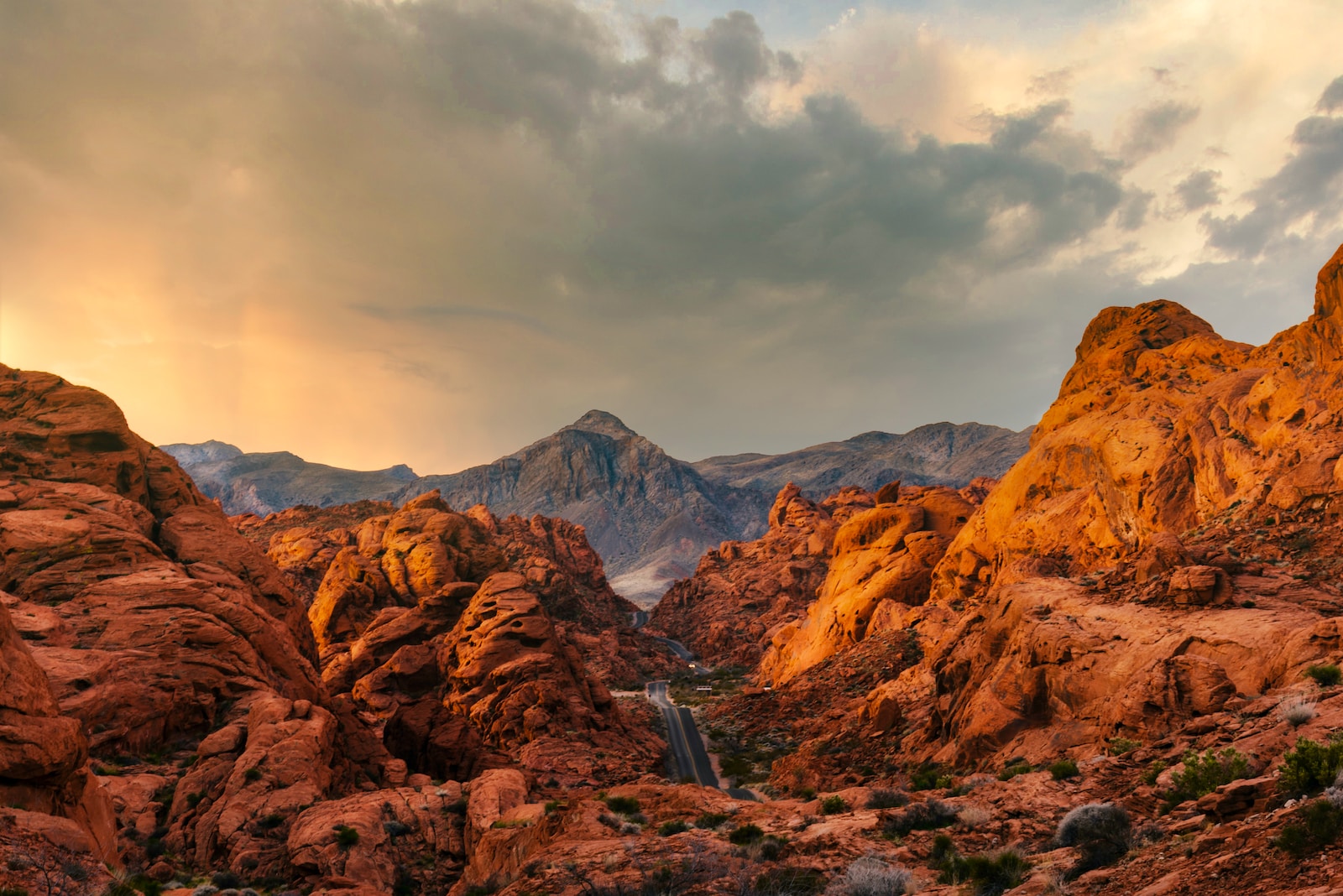Welcome to “The Art of Capturing Water Droplets” blog, where we delve into the fascinating world of water photography. In this blog, we will explore the technical and artistic considerations of photographing water droplets, from selecting the right macro lens to mastering high-speed photography techniques. Discover the secrets behind capturing stunning images of water in motion and learn how to perfect your timing and lighting to create mesmerizing compositions. Join us on this journey as we unlock the beauty and creativity of macro water photography.
Table of Contents
- The Art of Capturing Water Droplets
- The Art of Capturing Water Droplets: Equipment for Water Photography
- The Art of Capturing Water Droplets: Best Time and Vantage Points
- Frequently Asked Questions
- 1. What equipment do I need for photographing water droplets?
- 2. How do I achieve sharp focus on water droplets?
- 3. What lighting techniques work best for water droplet photography?
- 4. How can I capture the perfect moment of a water droplet falling?
- 5. Are there any post-processing techniques to enhance water droplet photographs?
- Wrap Up
The Art of Capturing Water Droplets
Water droplets are an intriguing subject for photographers, offering endless possibilities for creativity and stunning imagery. Whether you’re a hobbyist or a professional, exploring the world of water droplet photography can be a fascinating and rewarding experience. In this article, we will delve into the technical and artistic considerations of capturing water droplets, from macro lens choices to lighting techniques and perfect timing.
The Beauty of Macro Photography
Macro photography allows us to enter a world that is often unseen by the naked eye. When it comes to water droplets, macro lenses offer a unique opportunity to capture mesmerizing details. The intricate patterns, reflections, and refractive properties of water droplets become magnified, unveiling a whole new level of beauty.
To truly capture the essence of water droplets, it’s essential to invest in a high-quality macro lens. Look for lenses with a 1:1 magnification ratio or higher to ensure optimal sharpness and detail in your photographs. Additionally, consider lenses with a wide aperture for shallow depth-of-field effects, which can add an extra touch of magic to your images.
The Magic of High-Speed Photography
One of the most intriguing aspects of water droplets is their shape and movement. With high-speed photography techniques, you can freeze these ephemeral moments and create visually captivating images. The key to successful high-speed water droplet photography lies in precise timing and control.
By using specialized equipment, such as a high-speed flash and triggering system, you can capture the splash and delicate ripples that occur when a droplet meets a surface. Experiment with different liquids, droplet sizes, and angles to achieve truly unique results. Consider using colored backgrounds or adding additives to the water to create additional visual interest.
Remember, patience and persistence are essential when working with high-speed photography. It may take numerous attempts to achieve the desired effect, but the end result will be well worth the effort.
- Experiment with different liquids, droplet sizes, and angles to achieve unique results.
- Use specialized equipment, such as high-speed flash and triggering systems, for precise timing.
- Consider colored backgrounds and additives to add visual interest to your water droplet photographs.
Water droplet photography is all about capturing the ephemeral and transforming it into everlasting art. By incorporating macro and high-speed photography techniques, you can unlock the limitless possibilities that water droplets offer. So grab your camera, set up your gear, and immerse yourself in the marvelous world of water droplet photography.
Did you know that water droplets have the ability to defy gravity? Due to their surface tension, water droplets can form perfect spheres, clinging to surfaces and displaying captivating reflective properties.
The Art of Capturing Water Droplets: Equipment for Water Photography
When it comes to photographing water droplets, having the right equipment can make all the difference in capturing those mesmerizing and awe-inspiring moments. Whether you are a professional photographer or an enthusiast, here are some essential tools that can enhance your water photography.
Camera Options
To embark on your water droplet photography journey, a camera with high-speed capabilities is essential. Look for features such as fast continuous shooting and quick autofocus. In this genre, both DSLR and mirrorless cameras can deliver exceptional results.
DSLR cameras have long been the go-to choice for many photographers with their reliable performance and vast lens options. On the other hand, mirrorless cameras offer the advantage of being more compact and lightweight, perfect for those who prefer easy portability without compromising on image quality.
Macro Lenses
To capture the intricate details of water droplets, a macro lens is a must-have. These lenses allow you to focus on small subjects at a close range, highlighting every tiny splash and ripple. Macro lenses typically come in various focal lengths, such as 60mm, 100mm, and 150mm.
If you are on a budget or prefer versatility, consider a macro lens with a slightly shorter focal length, such as a 60mm. This lens will allow you to capture both macro shots of water droplets and other subjects like flowers, insects, or food.
For those seeking more reach and working distance, a longer focal length macro lens, such as a 100mm or 150mm, can provide stunning results. With these lenses, you can observe water droplets from a distance, avoiding any disturbances caused by your presence.
Lens options for water photography go beyond macro lenses. If you want to capture water droplets in a wider context, a wide-angle lens can add an extra dimension to your images. Additionally, a telephoto lens can be useful for shooting water droplets from afar, ideal for capturing splashes or water in motion.
Remember, each lens choice has its unique advantages, so consider your photography goals before making a final decision.
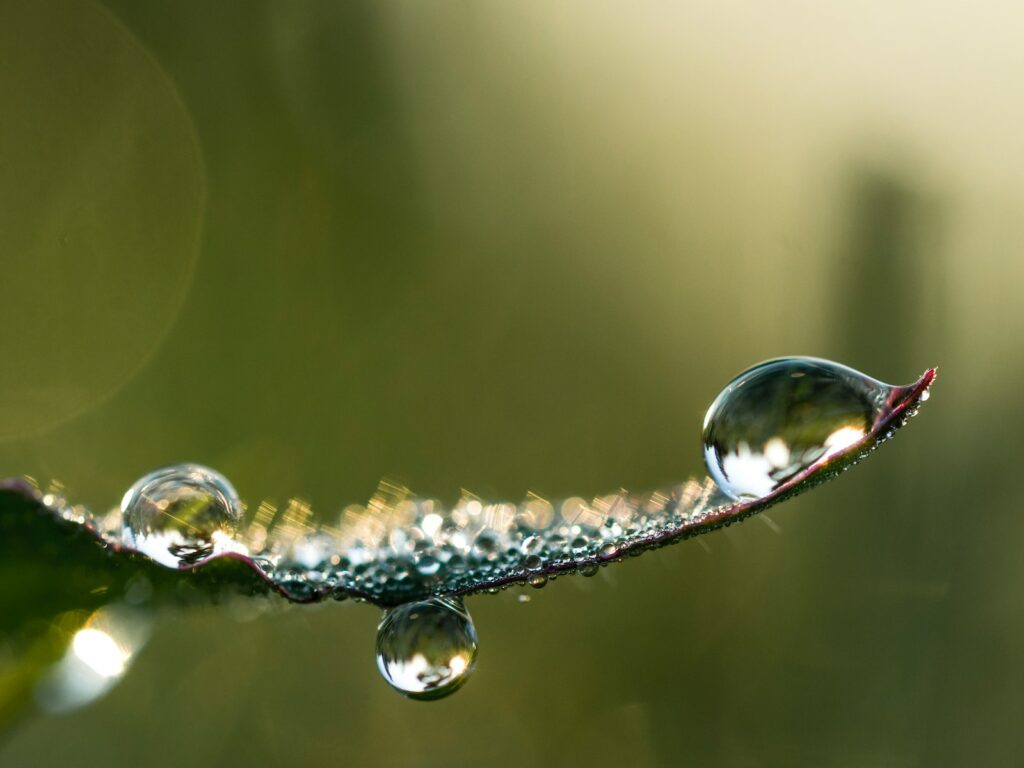
The Art of Capturing Water Droplets: Best Time and Vantage Points
Capturing water droplets in all their exquisite beauty requires both technical expertise and artistic craft. Whether you’re a seasoned professional or an enthusiastic amateur, understanding the best time and vantage points for water droplet photography can greatly enhance your results. In this article, we will explore the optimal time of year for photographing water droplets, as well as the ideal positions and vantage points to capture these mesmerizing moments.
The Best Time of Year for Water Droplet Photography
While water droplet photography can be pursued year-round, certain seasons offer unique opportunities to capture breathtaking moments. Spring and summer, with their abundant rainfall and lush greenery, provide an array of vibrant colors and fresh foliage that can enhance the overall aesthetic of your images.
In spring, as nature awakens from the depths of winter, water droplets cling delicately to blossoming flowers, creating a captivating juxtaposition of fragility and resilience. The vibrant petals soaked in morning dew make for stunning macro photography subjects.
Summer, on the other hand, offers an opportunity to capture the playful interaction between water droplets and warm sunlight. The intensified sunlight during this season creates sparkling reflections on water surfaces and creates a magical atmosphere for high-speed photography.
Autumn and winter also have their own unique charm for water droplet photography. In autumn, the changing colors of falling leaves and the subtle mist that accompanies cooler temperatures add a touch of mystery and atmosphere to your images. Winter, with its frozen landscapes and delicate ice formations, presents an entirely different set of opportunities for capturing the beauty of water droplets.
Optimal Vantage Points and Positions
The choice of vantage points and positions when photographing water droplets can greatly influence the impact and storytelling of your images. Here are a few options to consider:
- Top-Down Perspective: By positioning yourself directly above the water droplets, you can capture mesmerizing shots of droplets rippling across the surface or merging into larger bodies of water. This perspective allows for unique compositional possibilities and emphasizes the movement and shape of the droplets.
- Side Angle Perspective: From a low and side angle, you can capture stunning macro shots of water droplets clinging to various surfaces, such as leaves, petals, or glass. This perspective offers a more intimate and detailed view of the droplets, allowing your viewers to marvel at their intricate textures and reflections.
- Frozen in Time: For high-speed water droplet photography, using a fast shutter speed freezes the droplets in mid-air, creating captivating suspended moments. By positioning yourself in the optimal spot to capture the droplets’ trajectory, you can create dynamic images that showcase the delicate dance of water in the air.
- Underwater Perspective: Experimenting with underwater water droplet photography opens up a whole new world of creative possibilities. By submerging your camera or using a waterproof housing, you can capture the interaction between water droplets and their surroundings from a unique and mesmerizing perspective.
- Creative Setups: Creating controlled environments, such as using colored backgrounds or adding substances like soap or oil to the water, can elevate your water droplet photography to a whole new level. These setups allow for the manipulation of light, color, and texture, resulting in visually striking and artistic images.
Remember, the best vantage points and positions for water droplet photography ultimately depend on your artistic vision and the story you wish to convey. Experimenting with different perspectives and techniques will help you develop your own style and create truly captivating images.
So, whether you’re drawn to the delicate nature of macro photography or fascinated by the transient beauty of high-speed captures, mastering the art of photographing water droplets requires patience, timing, and a keen eye for detail. By understanding the best time of year and exploring various vantage points and positions, you can unlock the immense potential of this captivating subject and create stunning images that leave a lasting impact on your viewers.
One helpful tip when photographing water droplets is to use a macro lens with a high magnification power. This will allow you to capture the intricate details of the droplets with precision. Additionally, experimenting with different lighting techniques can create stunning effects, such as backlighting the droplets to make them appear more vibrant and translucent.
Frequently Asked Questions
1. What equipment do I need for photographing water droplets?
To capture stunning water droplet images, you will need a few essential pieces of equipment. A macro lens is highly recommended to capture intricate details, while a high-speed camera will help freeze the motion and capture those fleeting moments. Additionally, a tripod or a stable surface, external flashes or lighting sources, and a water atomizer or pipette can also be useful.
2. How do I achieve sharp focus on water droplets?
Obtaining sharp focus on water droplets requires precise technique and some experimentation. Start by using a narrow aperture (high f-stop number) to increase depth of field and keep more of the droplet in focus. Additionally, using manual focus can help you control exactly where the focus point lands. Finally, practice your timing and try to capture droplets at the peak of their motion for the sharpest results.
3. What lighting techniques work best for water droplet photography?
Lighting plays a crucial role in capturing the beauty and details of water droplets. Experiment with different lighting setups to find what works best for your desired effect. Backlighting the droplets can create a stunning translucent effect, while front lighting can enhance the textures and create a more pronounced shadow. Diffusing the light sources can help create a softer, more pleasing look.
4. How can I capture the perfect moment of a water droplet falling?
Capturing the perfect moment of a water droplet is all about timing and practice. Start by setting your camera to a high shutter speed, preferably above 1/1000th of a second, to freeze the motion effectively. Use a remote shutter release or the self-timer function to minimize camera shake. Experiment with different droplet sizes and heights to anticipate the trajectory and capture the moment just before it hits the surface.
5. Are there any post-processing techniques to enhance water droplet photographs?
Yes, there are various post-processing techniques that can enhance the beauty of water droplet photographs. In editing software like Adobe Lightroom or Photoshop, you can adjust the contrast and colors to make the droplets pop. Additionally, sharpening the image selectively can bring out the intricate details, while removing any unwanted distractions using cropping or spot removal tools can further refine the composition.
Wrap Up
In conclusion, capturing mesmerizing water droplets through photography is an art that requires both technical mastery and artistic vision. By choosing the right macro lens, experimenting with high-speed photography techniques, and playing with lighting effects, you can elevate your water photography skills to new heights.
Remember to embrace patience and perfect your timing to freeze those fleeting moments in time. The beauty of water droplets awaits your lens.
Are you ready to dive into the world of water droplet photography? Share your thoughts, experiences, and stunning captures in the comments below. Let’s connect and inspire each other to create remarkable images. Happy shooting!
